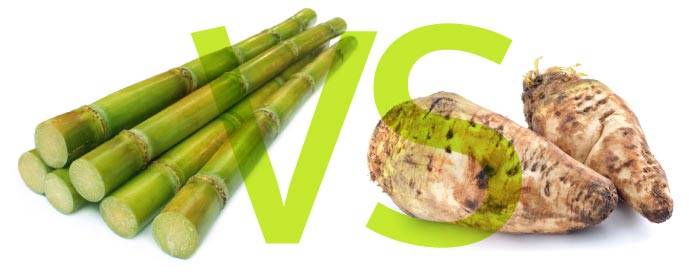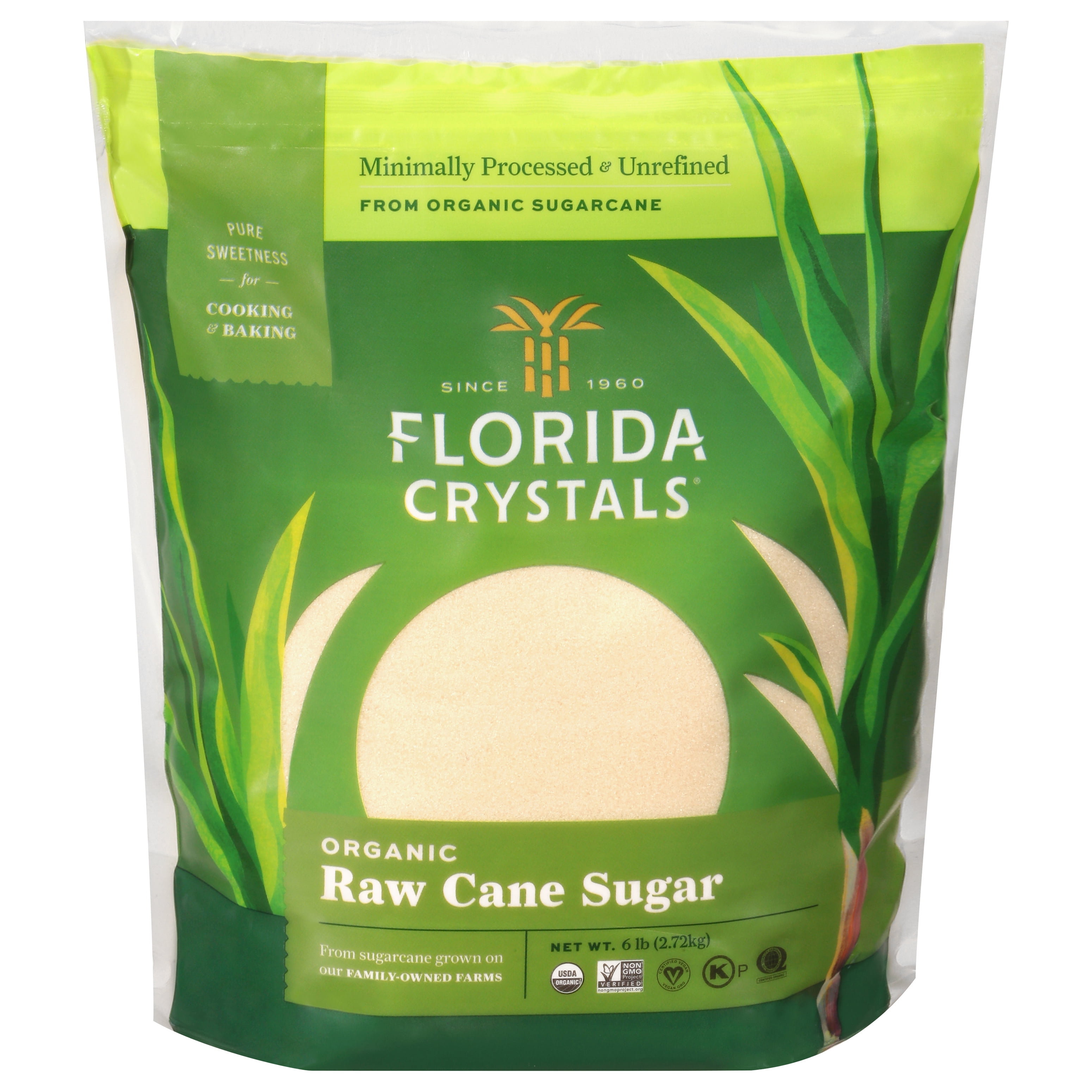Discovering the Comprehensive Tips Entailed in Walking Cane Sugar Handling From Harvesting to Improvement
The procedure of cane sugar manufacturing includes a collection of complex actions, starting with the cautious harvesting of sugarcane and culminating in the refinement stages that make sure the end product meets market standards. Each stage, from the removal of juice to the filtration and crystallization procedures, plays a vital function in establishing the top quality and personality of the sugar. Recognizing these phases not only highlights the complexity of sugar production yet additionally increases essential concerns regarding efficiency, sustainability, and innovation in the market. What implications do these aspects have for future techniques?
Harvesting Sugarcane
Gathering sugarcane is a crucial action in the walking cane sugar handling chain, as it straight affects the top quality and return of the end product. Appropriate timing and methods are necessary during this phase to make sure optimum sugar material and minimize losses. Usually, sugarcane is gathered when it reaches maturity, generally 12 to 18 months after planting, characterized by a high sucrose focus.

Post-harvest, the sugarcane has to be refined swiftly to stop sucrose deterioration. Preferably, harvested walking cane should be transported to processing facilities within 24 hours to protect sugar top quality. As a result, effective logistical preparation is vital to maintain the stability of the collected crop throughout the supply chain.
Extraction Refine

The smashed walking stick goes through a series of pushing procedures to maximize juice recuperation. Normally, warm water is splashed onto the crushed cane, producing a countercurrent flow that helps liquify the sugar while additionally helping in the removal process. The juice collected from this procedure consists of not just sugar but also numerous organic compounds and contaminations.

To enhance extraction performance, some centers might utilize diffusion techniques, where the sugarcane is taken in hot water, allowing the soluble sugars to diffuse right into the liquid. The resulting juice, rich in sucrose, is after that guided to subsequent handling stages, laying the structure for purification and refinement. The removal process is hence essential in establishing the quality and return of the final sugar item.
Purification Techniques
The filtration methods employed in walking stick sugar processing are important for transforming the raw juice right into a top notch sugar product. These methods mostly aim to get rid of contaminations, such as dirt, plant materials, and not natural substances, which can adversely impact the final item's flavor and color.
One of one of the most common filtration techniques is explanation. This procedure involves this website adding lime and warm to the raw juice, which helps with the coagulation of pollutants. The resulting precipitate is then eliminated via sedimentation or filtering, generating a more clear juice. Additionally, making use of phosphoric acid can boost the clarification process by additional binding contaminations.
Another significant method is carbonatation, where co2 is introduced to the cleared up juice. This response generates calcium carbonate, which records remaining pollutants and advertises their elimination.
Furthermore, activated carbon treatment may be put on adsorb any kind of staying colorants and natural pollutants, ensuring a much more polished product. The combination of these techniques successfully prepares the sugar juice for succeeding actions in the refining procedure, establishing the phase for the manufacturing of top notch walking cane sugar.
Formation Approaches
After the filtration stage, the following critical step in cane sugar handling entails condensation methods, which play a critical function in transforming the clarified juice right into solid sugar. This process typically employs 2 main methods: spontaneous condensation and controlled formation.
In spontaneous crystallization, supersaturated sugar options are allowed to cool normally, leading to the formation of sugar crystals over time. This technique permits for the uniform development of sugar crystals and higher pureness.
Throughout condensation, the made clear juice is concentrated with dissipation, enhancing its sugar content up until it gets to supersaturation. As soon as this point is accomplished, either approach can facilitate the condensation procedure. Cane Sugar Processing. The resultant sugar crystals are after that separated from the staying syrup via centrifugation
Ultimately, the option of formation method affects the top quality, dimension, and purity of the final sugar product, making this step necessary in review the overall cane sugar processing procedure.
Refinement and Product Packaging
Exactly how can the purity and quality of cane sugar be further boosted after formation? The improvement process plays a critical role in attaining high-grade cane sugar.
Next, the sugar undergoes a process called centrifugation, where it is rotated at high rates to divide the purified sugar crystals from the remaining fluid. After centrifugation, the sugar is Get More Info often more refined through a technique called carbonization or phosphatation, which uses activated carbon or phosphoric acid to remove color and off-flavors.
When refined, the sugar is dried out to attain the preferred dampness content, making sure that it remains steady during storage and transport. The last action involves packaging the polished sugar in moisture-proof and closed containers to maintain its quality and stop contamination. Cane Sugar Processing. Proper packaging not just extends service life yet also facilitates simple handling and distribution, guaranteeing that customers receive sugar that satisfies the highest possible standards of purity and high quality
Verdict
The detailed actions involved in walking stick sugar handling, from the careful harvesting of sugarcane to the intricate refinement and product packaging phases, underscore the significance of each phase in making sure high-grade sugar production. Ideal harvesting strategies, efficient removal approaches, and strenuous filtration procedures jointly add to the end product's purity and stability. The condensation and subsequent packaging practices even more improve the stability and rack life of the sugar, highlighting the complexity and precision intrinsic in this vital agricultural market.
The procedure of cane sugar manufacturing includes a series of elaborate steps, starting with the mindful harvesting of sugarcane and finishing in the improvement stages that make sure the last item fulfills sector requirements. Preferably, harvested cane must be transported to processing facilities within 24 hours to preserve sugar high quality.In spontaneous condensation, supersaturated sugar solutions are allowed to cool down normally, leading to the formation of sugar crystals over time - Cane Sugar Processing. The refinement procedure plays an essential duty in achieving premium walking stick sugar.The detailed actions included in walking stick sugar processing, from the careful harvesting of sugarcane to the complex refinement and packaging stages, highlight the importance of each phase in guaranteeing high-grade sugar production